Manhattan Cost More Than $24 Worth Of Trinkets
It is commonly said that Dutch colonists bought Manhattan in 1626 from Native Americans for as little as $24. However, the island was actually exchanged for traded goods worth 60 guilders, which today would be roughly about $1000.


While $1000 is certainly a very low amount, it is believed by many historians that when Native Americans exchanged the island, they saw it more as the cost to rent the land rather than “owning” it.
The Mystery Of Stonehenge
Stonehenge is often regarded as the most famous prehistoric monument. After all, it was built around 5000 years ago. However, it is a common misconception that what we see today is exactly what was built all those years ago.
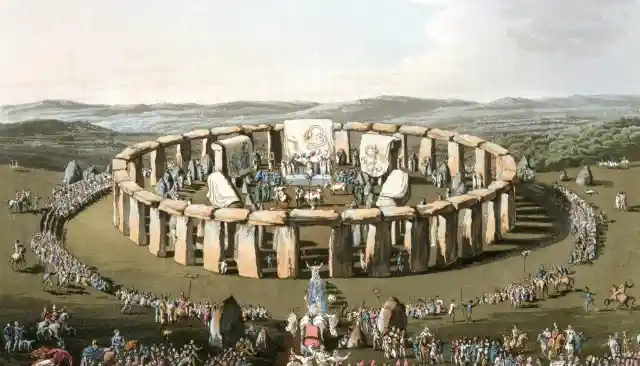
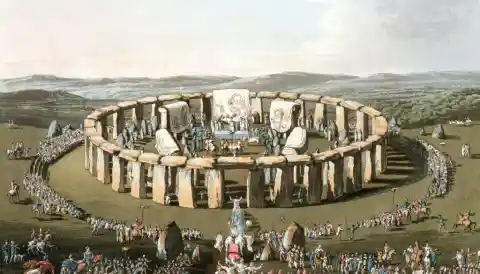
Located in Salisbury Plain in southern England, Stonehenge attracts millions of people every year. While very little is known about the monument, it is speculated that the structure underwent several restorations.
A Below-Average Ship
Titanic is probably one of the most famous ocean liner names out there. The common belief is that the ship featured unsinkable technology; however, the truth is that, compared to other ocean liners of 1912, the features were below standard.


Unfortunately, the ship met its terrible fate upon the encounter of an iceberg and what was supposed to be an unsinkable ship became the most infamous case in the world’s worst cruise ship disasters.
Christopher Columbus’ 1492 Expedition
It is not uncommon for somebody to believe that the reason Christopher Columbus set sail in 1492 was to prove that the Earth wasn’t flat but rather round. However, this is simply a myth because, by 1492, most people knew that the Earth couldn’t possibly be flat.
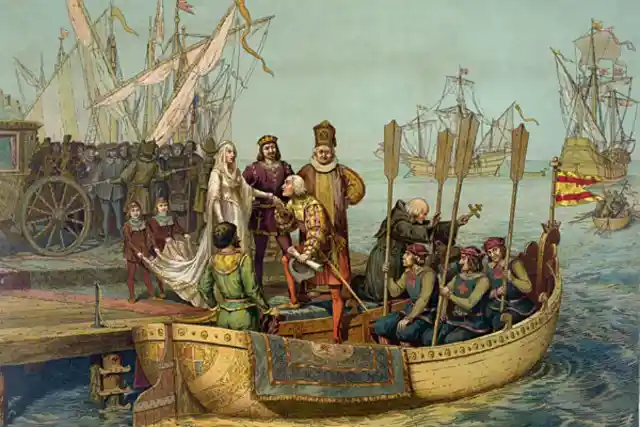
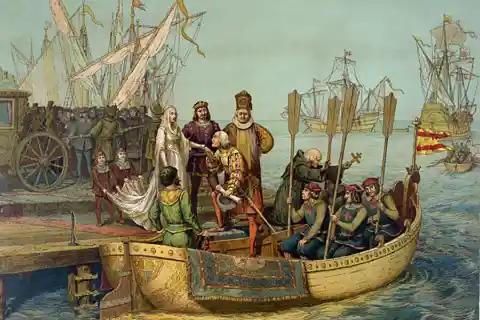
Since ancient times, experts that studied the Earth could see that the twilight glow that illuminated the horizon formed an arc. They could also see, way before 1492, that the top of a ship headed towards the shore appeared before the rest of the boat.
Was There Even A Cherry Tree?
Arguably one of the most popular stories surrounding George Washington is the legend about him chopping down a cherry tree as a way to exemplify his honesty. The original story says that when the first U.S president was six years old, he decided to damage his father’s cherry tree.


George Washington had supposedly received a hatchet as a birthday present and had decided that chopping a cherry tree would put it to good use. Apparently, when questioned about it, the young president admitted to his mistake. It turns out it was a story meant to encourage honesty made up by one of the first biographers of Washington.
Paul Revere’s Famous Ride
When Americans think about Paul Revere, they most likely remember him as the hero that yelled, "The British are coming! The British are coming!" as he galloped through Concord, Massachusetts, in April 1775.
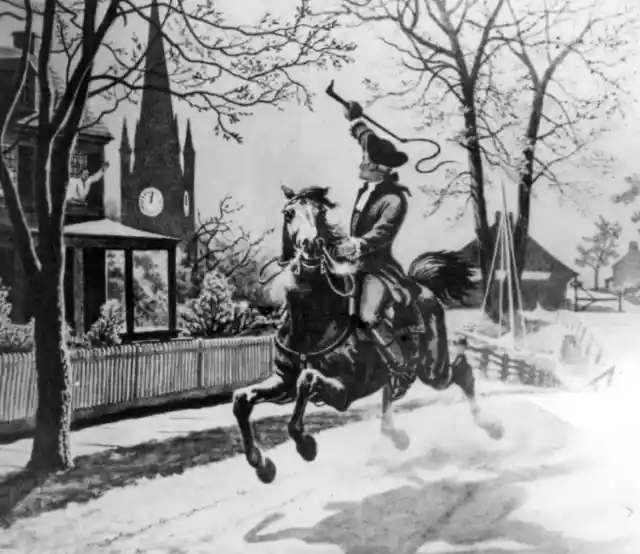

However, it turns out Paul’s famous ride didn’t happen exactly the way most Americans remember. The truth is he didn’t even make it to Concord. Instead, the activist was riding along with Samuel Prescott and William Dawes, and Prescott was the only one who made it to Concord to warn the residents that the British army was coming.
Significantly Lighter Than Perceived
When you think about a knight’s plate armor, you probably think about how excruciatingly painful it must have been to wear such a heavy piece of body armor. However, most would be surprised to hear that the armor was actually pretty light.


Weighing between 30-50 pounds, the plate armor was very light considering that it was designed to protect the wearer from deadly swords and all sorts of weapons. While definitely heavier than a jacket, the armor’s design was very impressive.
A Very Successful Forger
While Han van Meegeren was a painter and portraitist, he was actually famous for being a highly successful art forger. After being criticized by art critics, he became determined to prove to the world that he had talent.


What ensued was an ingenious scheme where Han van Meegeren would forge the masterpieces of famous painters and pretend that they were originals. Thousands of people bought into his lies, and the forger made millions.
The Problem With Worshipping The Sphinx
While several historians believe that it was Napoleon’s soldiers that caused damage to the Great Sphinx's nose, it was actually a religious leader known as Muhammad Al-Sa’im Ad-Dahr. As written by the Egyptian-Arab historian al-Maqrīzī, the leader was outraged upon seeing peasants making offerings to the Great Sphinx.


While this might sound strange to some people, the reason why Muhammad Al-Sa’im Ad-Dahr was so upset at the sight of people making offerings to the Sphinx is that, in Islam, it is considered a sin to worship idols.
Julius Caesar’s Birth
The myth where Julius Caesar was born by cesarean section is false. Born in 100 B.C, the renowned politician was born through natural birth. The name of the procedure by which a baby is delivered through an incision in the abdomen comes from the Lex Caesarea.


This law said that if a mother died during childbirth, that the baby should be cut from the womb. So while the first successful C-Section didn’t happen until 1500 in Switzerland, the practice of cutting into a woman’s womb was done way before then.
Not All Men Wore Wigs
Most of us picture the Colonial era (1607-1776) as a time when everybody wore wigs and sported powdered faces to stay trendy. However, this wasn’t really the case. Wigs were priced highly and were mainly worn by lawyers, statesmen and women of high society.
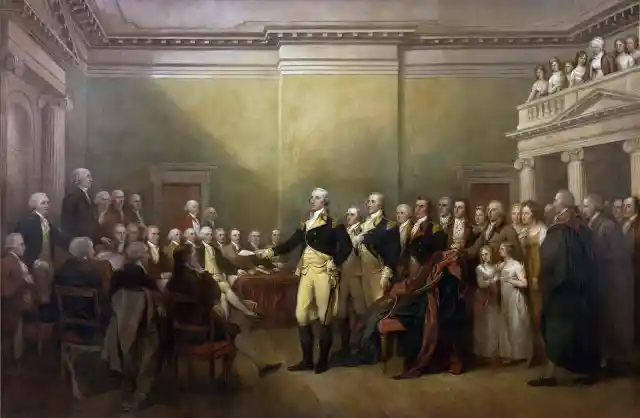

Wearing a wig wasn’t ideal for manual work, and for the most part, even if one wanted to wear a wig, it was more likely than not that they wouldn’t be able to afford it. An everyday wig cost about a commoner’s one week’s worth of salary.
Spices Were Very Expensive
We all know that before refrigeration was a thing, food had a significantly shorter shelf life. Commonly, one assumes that the reason why spices were used in meats was to hide the flavor of unfresh meat.


This belief is untrue. Spices were too expensive to be used for meals that could potentially cause stomach aches. Instead, spices were reserved to enhance the flavor of very high-quality food.
Who Really Invented The Light Bulb
If you hear the name Thomas Edison you probably automatically associate it to the man that invented the light bulb. However, this is not true because the light bulb had existed years before Thomas Edison created one.
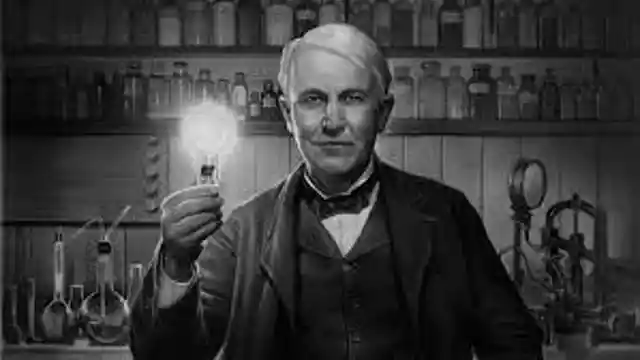
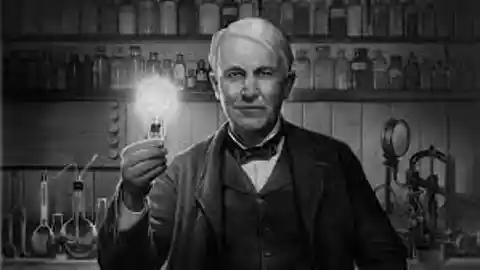
There were about 20 inventions prior to Edison's version of the incandescent lamp. The reason why Thomas Edison’s name is so popular in the history of light bulbs is that he is the one that was able to make the lightbulb more accessible, reliable and effective.
Albert Einstein’s Proficiency At Math
While this might discourage those that were hoping to become highly-renowned physicists but don’t have straight A’s, the truth is that Einstein was very good at math. A popular myth is that Albert Einstein flunked math as a child, but this is far from the truth.


While he did fail subjects that he had little to no interest in, this was not the case for math. Einstein was good, if not exceptional, at math, which makes a lot of sense given he did develop the theory of relativity.
Ferdinand Magellan’s Famous Trip
Portuguese explorer Ferdinand Magellan is often remembered as the man that sailed around the world in 1519. However, few know that he only made it halfway. Magellan was killed in the Philippines by a poisoned arrow.
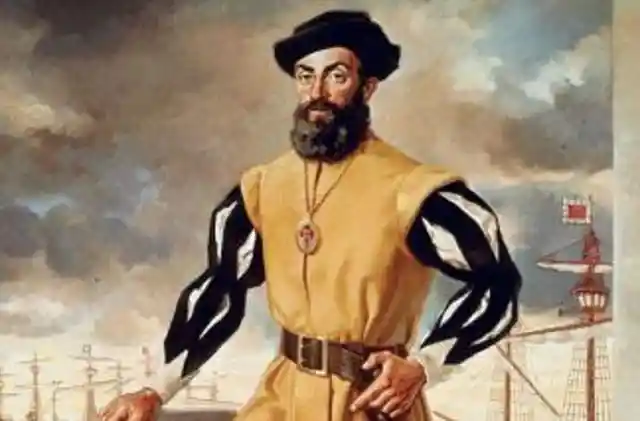

While Ferdinand might not have circumnavigated the world, he was the first European to explore the Pacific ocean. His fleet was able to cross the Pacific in 99 days in waters so calm that Magellan thought it appropriate to name the large expanse of seawater “Pacific,” inspired by the Latin word pacificus.
Don’t Blame The Potatoes
Rotten potatoes are often believed to be the reason why millions of Irish died during the Great Famine between 1845 and 1849. However, while it is true that the potato cropped failed for several years, they were not fully to blame.
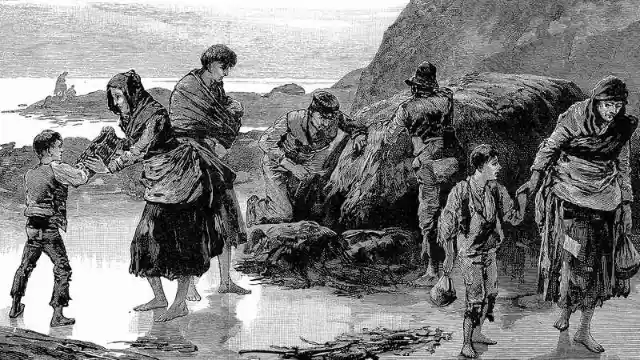

Diseased potatoes were only the catalyst of the Great Famine. Thousands could have lived if only the English overlords hadn’t rejected boats of food coming to Ireland sent by other countries around the world.
The Famous Trojan Horse
If you are familiar with the story of the Trojan War, then you most likely have heard about the Trojan horse. The Greeks had supposedly crafted a gigantic wooden horse as a gift to trick the Trojans into thinking that they had surrendered.
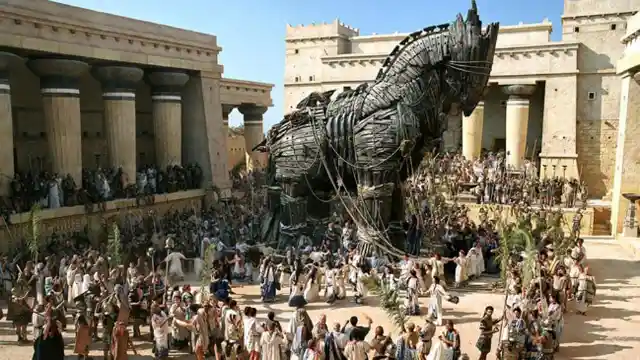
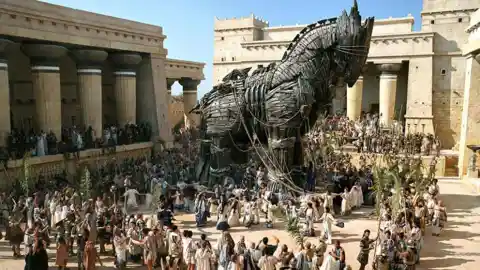
However, while it is agreed by many historians that the Trojan War did happen, it is believed that the Trojan horse was nothing more than a myth. After all, there is no Trojan horse in Homer’s Iliad, the ancient Greek poem.
Isaac Newton’s Apple
There’s a popular story going around saying that Isaac Newton formed his theory of gravity when an apple fell on his head while he was sitting in his mother’s garden. However, this story is only partially true.

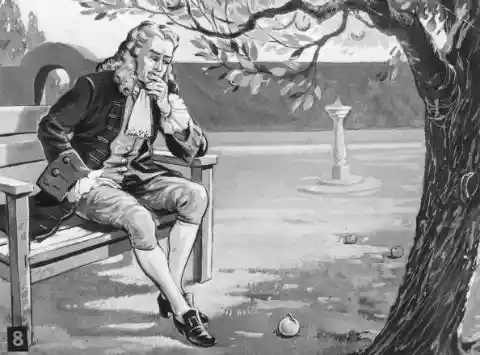
While the English physicist was indeed sitting in his mother’s garden and an apple did fall, he was never hit by it. Isaac Newton went on to contribute to making discoveries that changed the way people understood the Universe.
No Slavery
When people discuss who built the Egyptian pyramids, two common theories arise. One of them is that they were built by slaves, and the other states that it was aliens. If we address the former, it is safe to say that most likely, they were not slaves but rather paid workers.


Archaeologists discovered tombs of pyramid builders near the pyramids. Judging the way in which the deceased were buried, it is speculated that not only were the builders paid but that they were also respected.